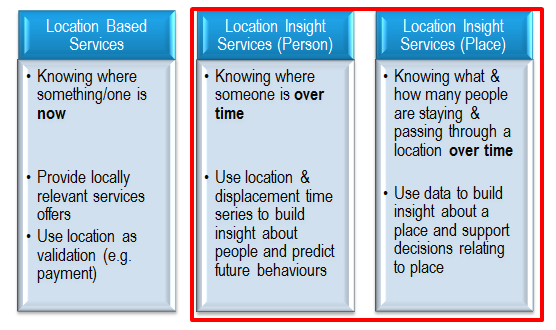
How video analytics can kickstart the edge opportunity for telcos
Analysis of the edge computing market highlights video analytics as a short-term opportunity with a large edge-addressable market. We examine the video analytics market today, the role of edge in stimulating growth, and the actions telcos can take to achieve success in this space.





